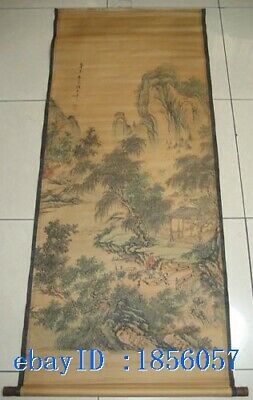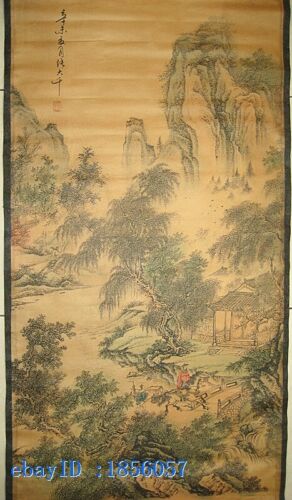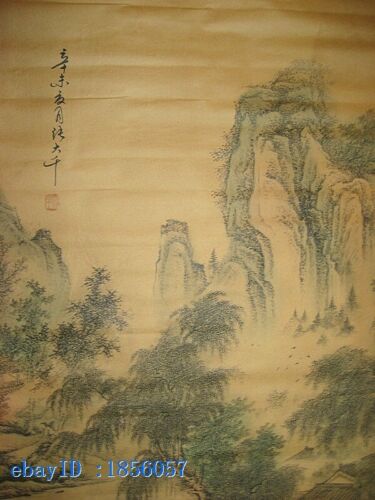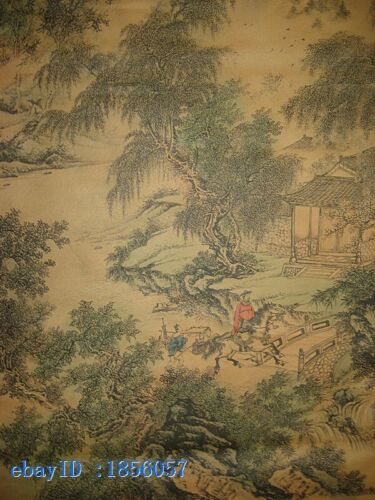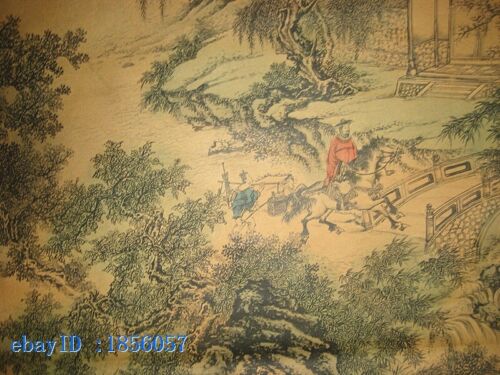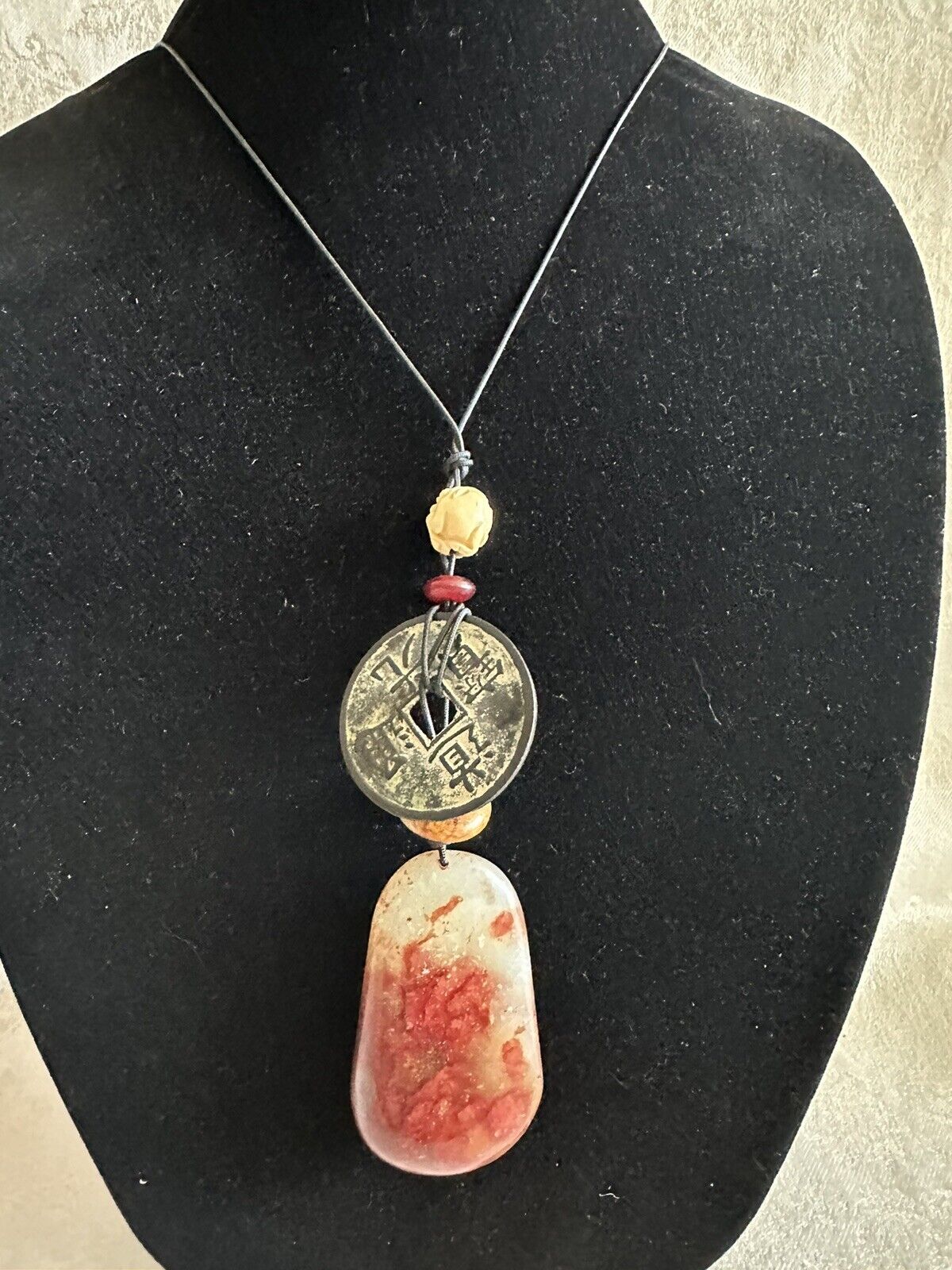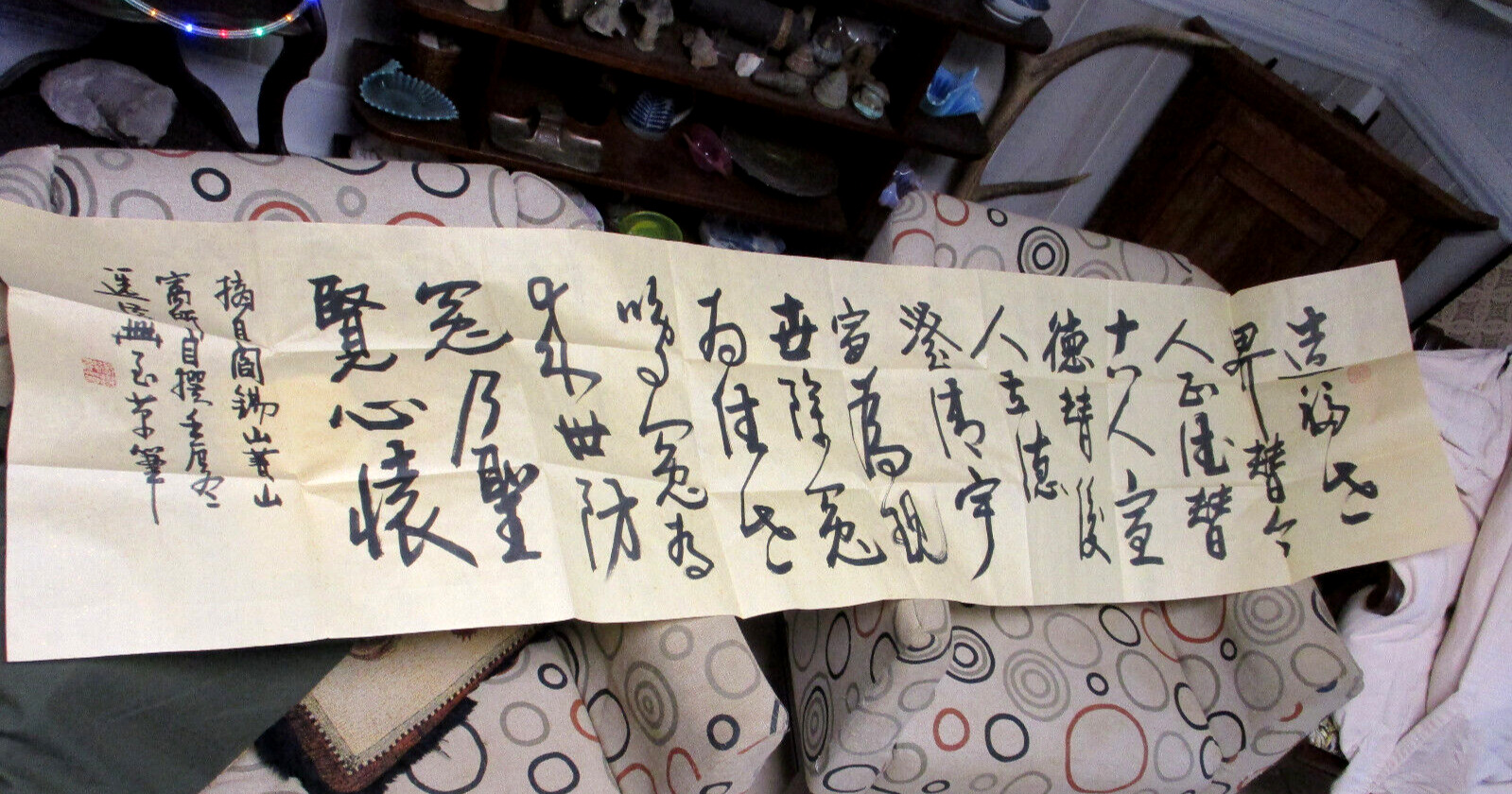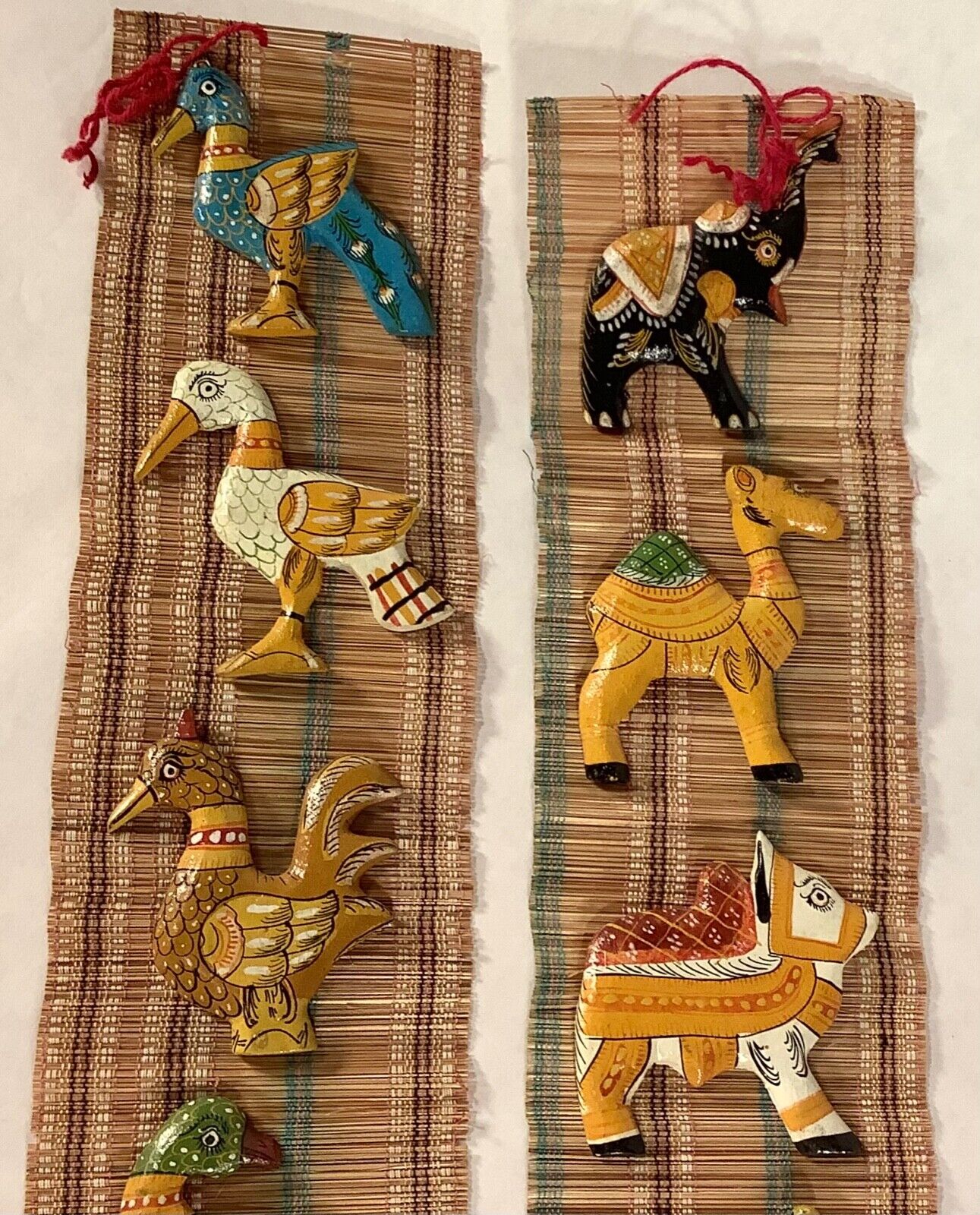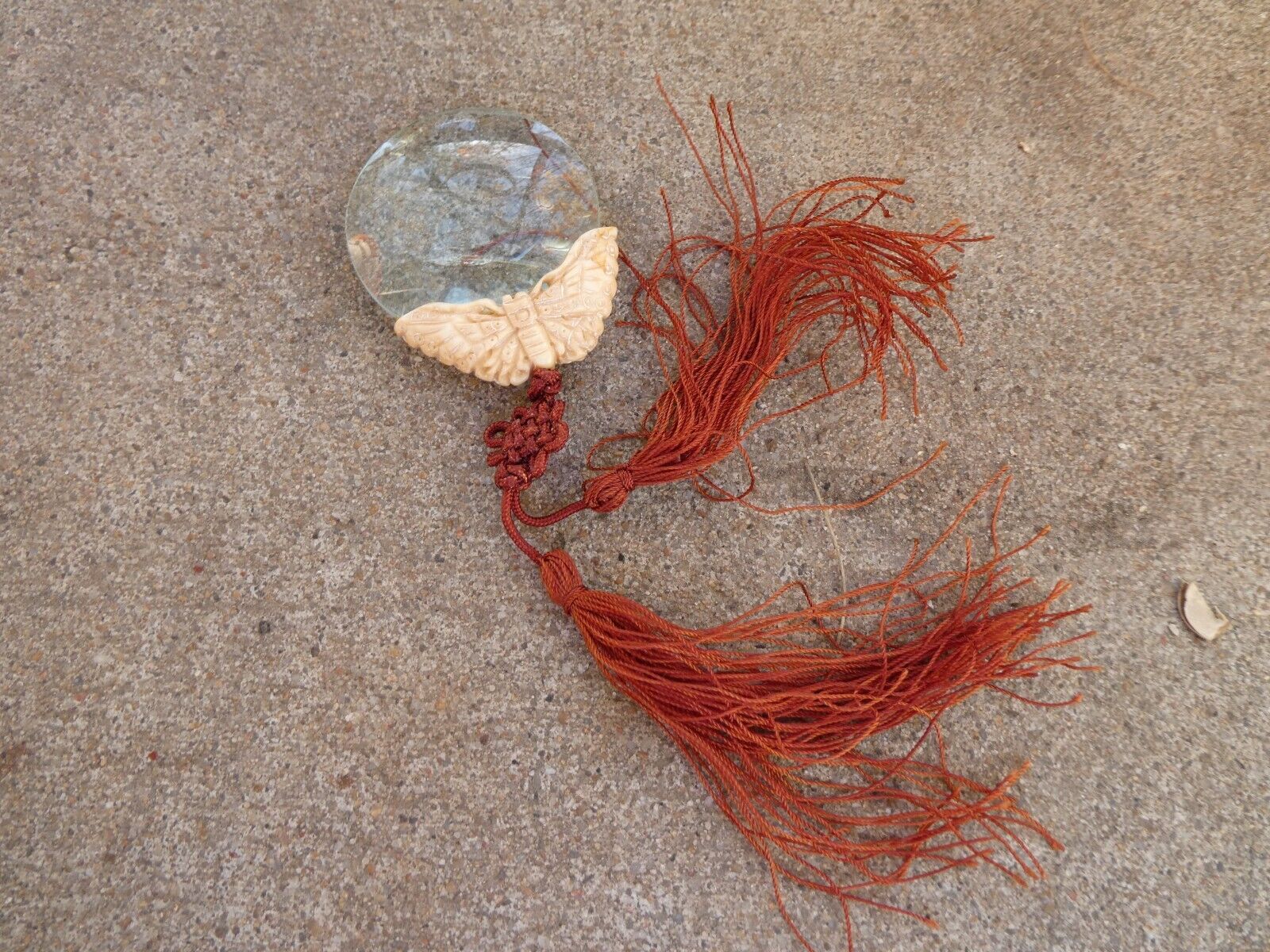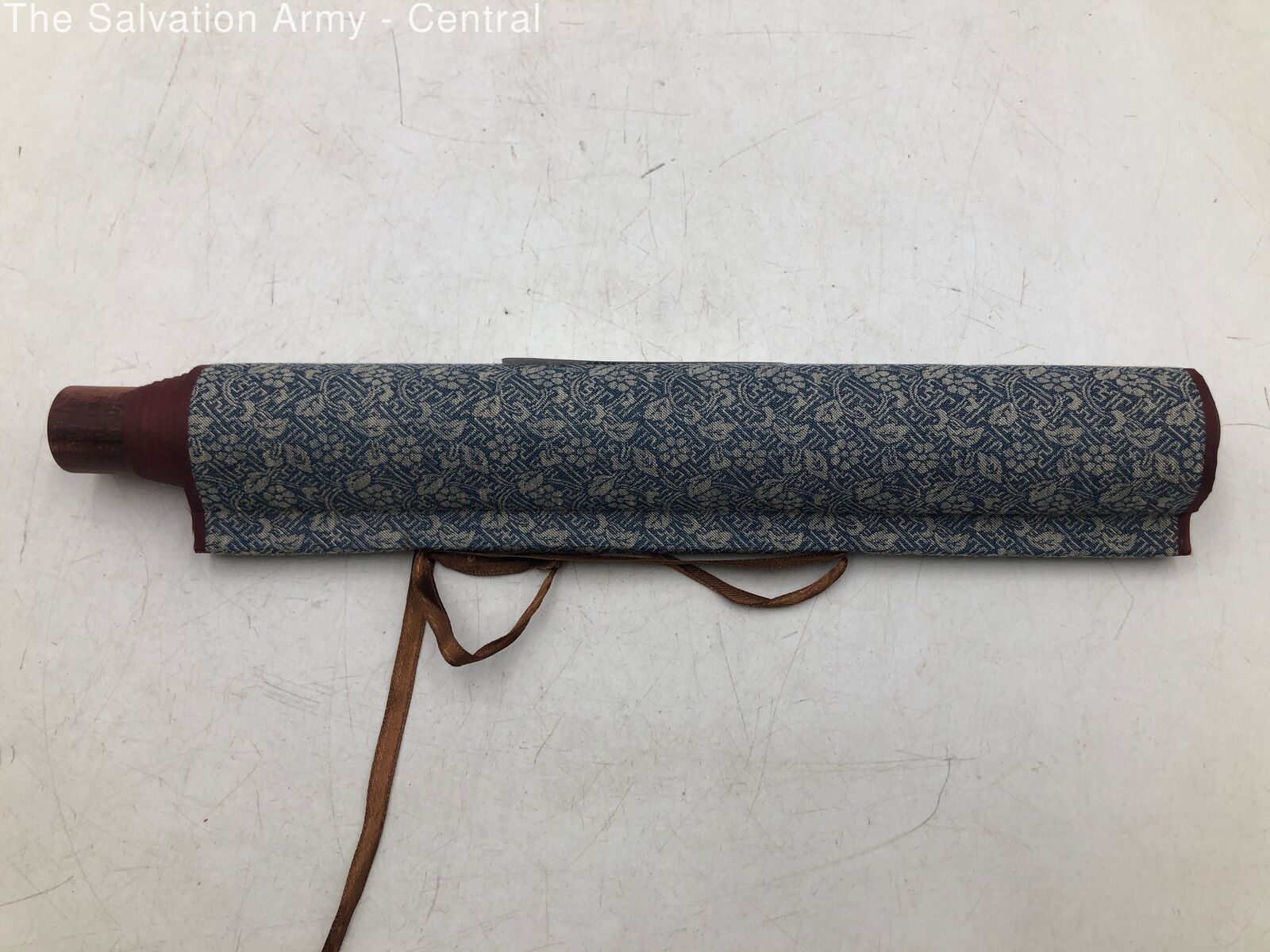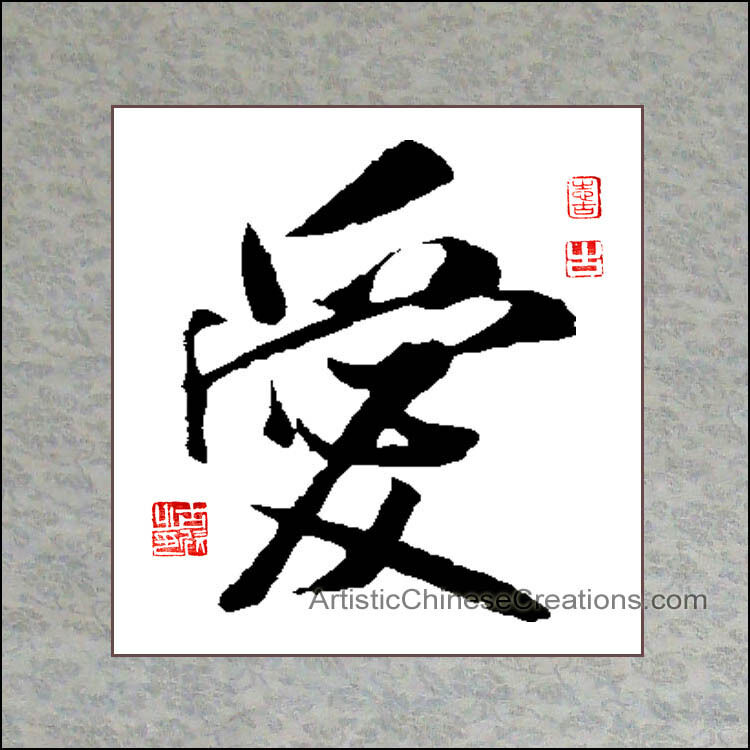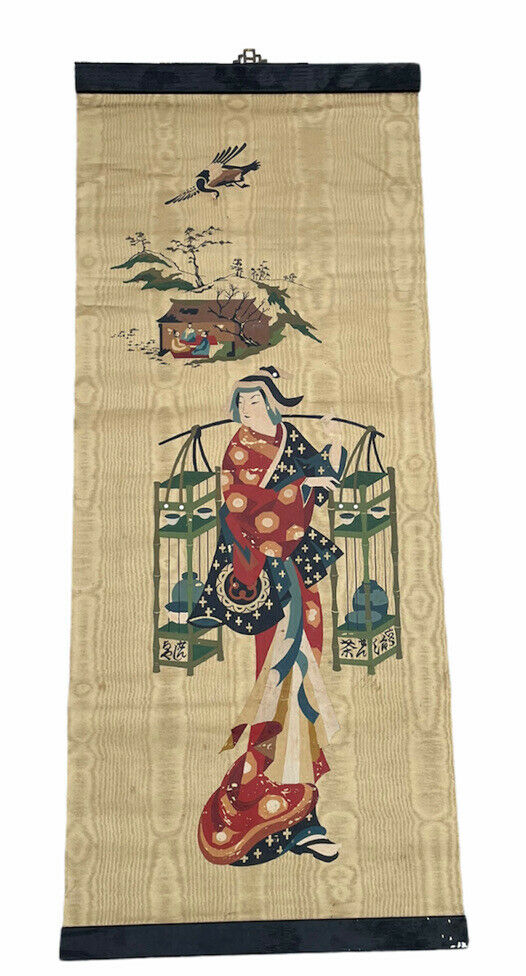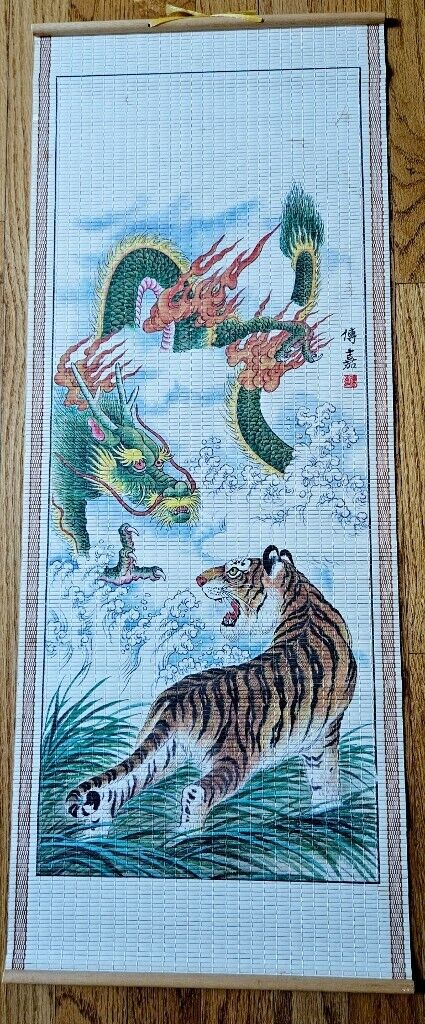-40%
Chinese painting scroll Landscape By Zhang Daqian 张大千 山水
$ 9.5
- Description
- Size Guide
Description
Scroll size:156cm
×66
cm
Country of Origin: China
Conditions: a complete, no defects.
Chang Dai-chien (simplified Chinese: 张大千; traditional Chinese: 張大千; pinyin: Zhāng Dàqiān; Wade–Giles: Chang Ta-chien) (May 10, 1899 – April 2, 1983) was one of the best-known and most prodigious Chinese artists of the twentieth century. Originally known as a guohua (traditionalist) painter, by the 1960s he was also renowned as a modern impressionist and expressionist painter. Chang is regarded as one of the most gifted master forgers of the twentieth century.
Born in a family of artists in Neijiang, Sichuan, China, he studied textile dyeing techniques in Kyoto, Japan and returned to establish a successful career selling his paintings in Shanghai.
Then Governor of Qinghai, Ma Bufang sent Chang to Sku'bum to seek helpers for analyzing and copying Dunhuang's Buddhist art.[1]Due to the political climate of China in 1949, he left the country and resided in various places such as Mendoza, Argentina, São Paulo and Mogi das Cruzes, Brazil, and then to Carmel, California, before finally in 1978 settling in Taipei, Taiwan.
A meeting between Chang and Picasso in Nice, France in 1956 was viewed as a summit between the preeminent masters of Eastern and Western art. The two men exchanged paintings at this meeting.
Chang's early professional painting was primarily in Shanghai. In the late 1920s he moved to Beijing where he collaborated with Pu Xinyu.[4] In the 1930s he worked out of a studio on the grounds of Wangshi Yuan in Suzhou.[5] In 1940 he led a group of artists in copying the Buddhist wall paintings in the caves of Mogao and Yulin. In the late 1950s, his deteriorating eyesight led him to develop his splashed color, or pocai, style.
